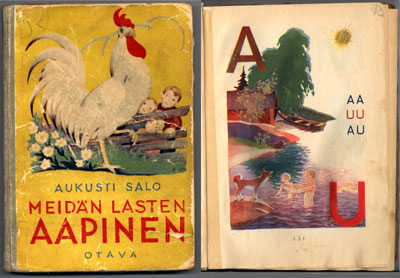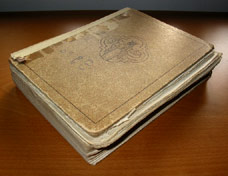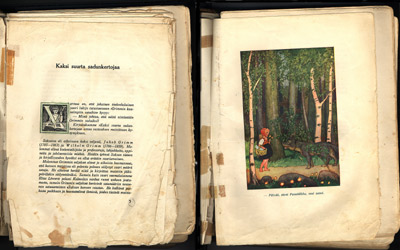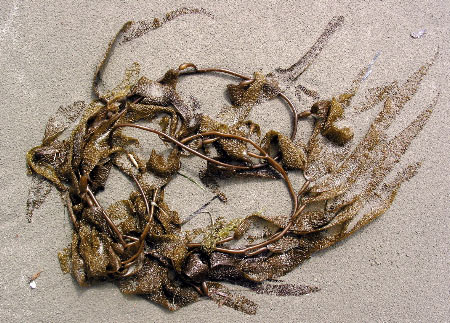Nick Bantock exhibition
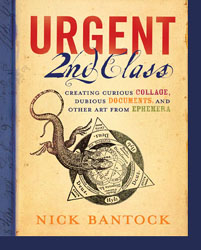
“URGENT 2ND CLASS”: The Art of Nick Bantock and Book Launch for his new book, Urgent 2nd Class (Raincoast Books) – opening tonight Tuesday, September 7th and continuing until Sept. 26th at the Ferry Building Gallery, West Vancouver, BC
Nick Bantock is a favourite author of mine, with his delightful hands-on collages in the Griffin & Sabine books melded with romance and mystery. This I will not miss, though I’ll pass on the opening, sure to be packed in this charming little gallery by the sea. I recommend it to anyone in the Vancouver area, though it will also tour.
There have been several articles recently about this upcoming show by this successful West Vancouver author. Here’s an excerpt from the North Shore News:
His show at West Vancouver’s Ferry Building Gallery will feature more than 60 pieces including a couple of paintings that were done before he moved to Canada. “It’s going to be a very full show,” he says. “I wanted to do this in a way that was a bit like the old academy where it’s very heavily stacked with lots of different kinds of work. I wanted to create something that people could go into and they could spend an extended period of time in there like an old-fashioned museum – with lots of things to bury yourself in.
The exhibit consists of a wide range of material including originals from the Griffin and Sabine series as well as other work that has never appeared anywhere.
Along with the display of his work the Ferry Building will host a book launch for his latest publication, Urgent Second Class, in which Bantock takes readers on a magical mystery tour through his means and methods. He’s quick to point out it’s not a how-to book – more like suggestions of how people can create their own art.
If you don’t know this unique artist and author, read more about him in the Vancouver Sun, the Straight as well as Nick Bantock’s website.
UPDATE: Sept.10.04 – I went to see this exhibition today and I must say it was very visually stimulating and inspiring. His early drawings reveal his skill as a draughtsman and the early paintings already hint at the mystery and eclecticism of his later collage work. The textures, rich colours including shining gold, and the many partially obscured little images surprise and delight. Many of the works are reproduced in his books, but the originals have to be seen!
